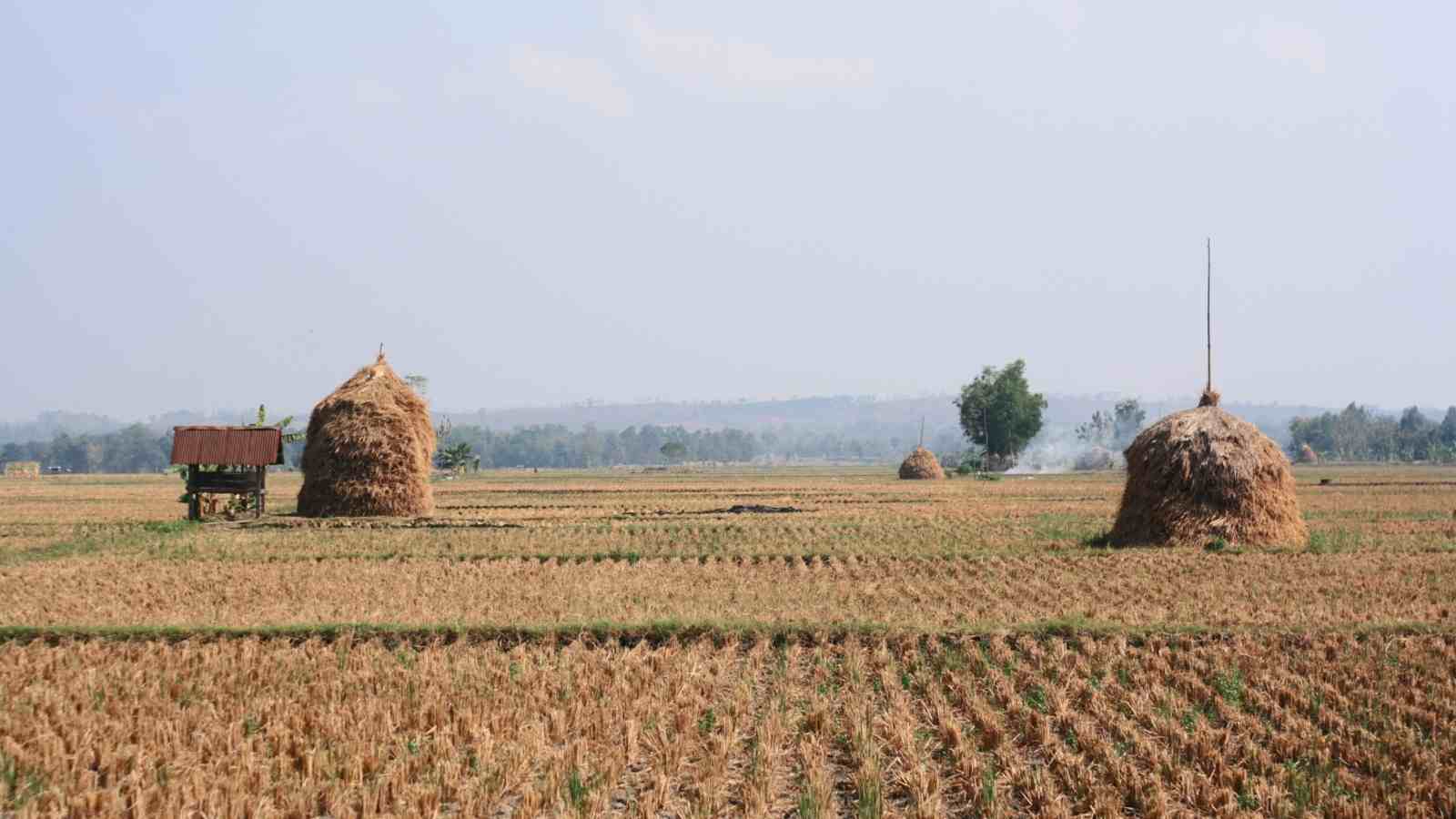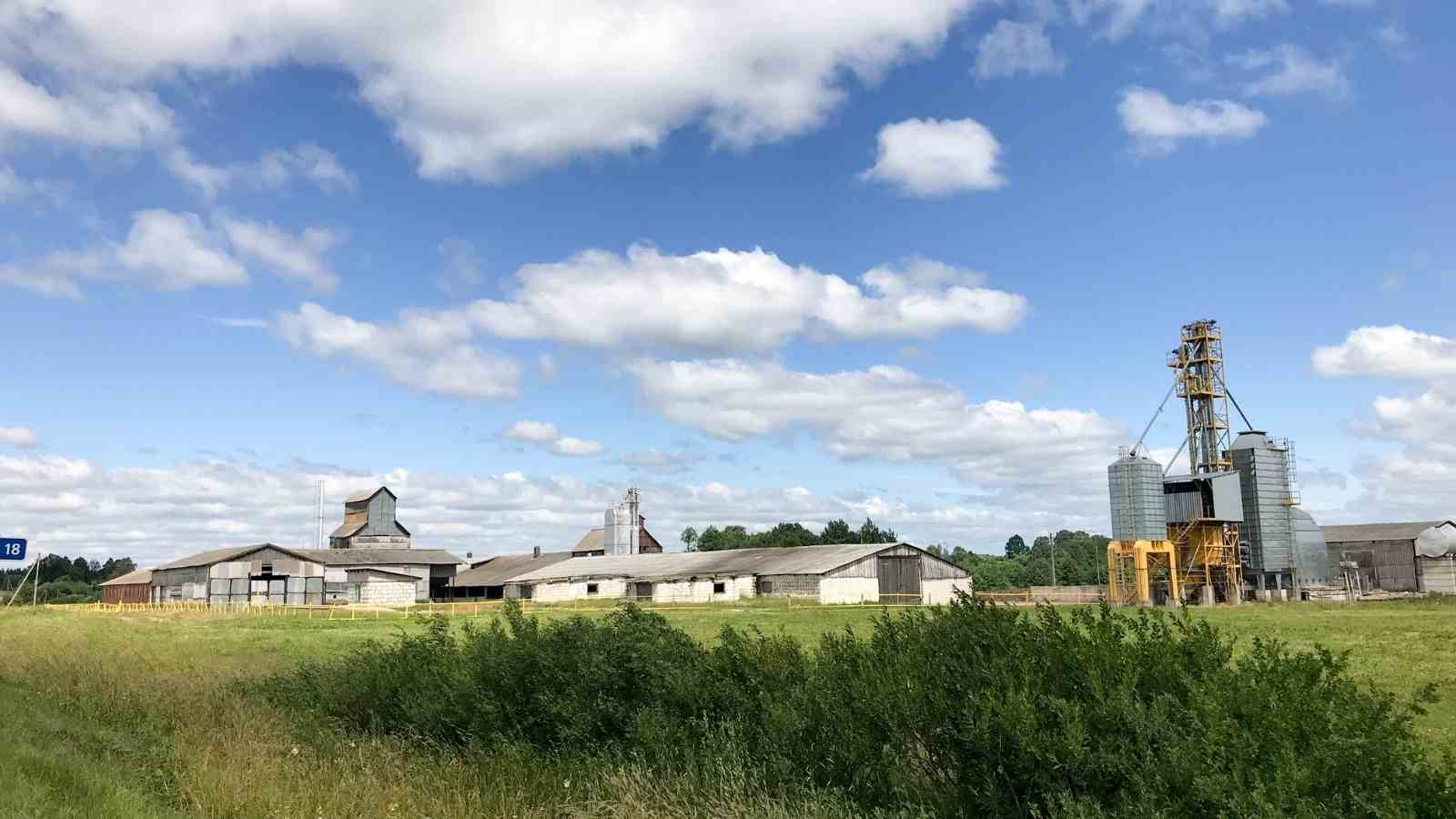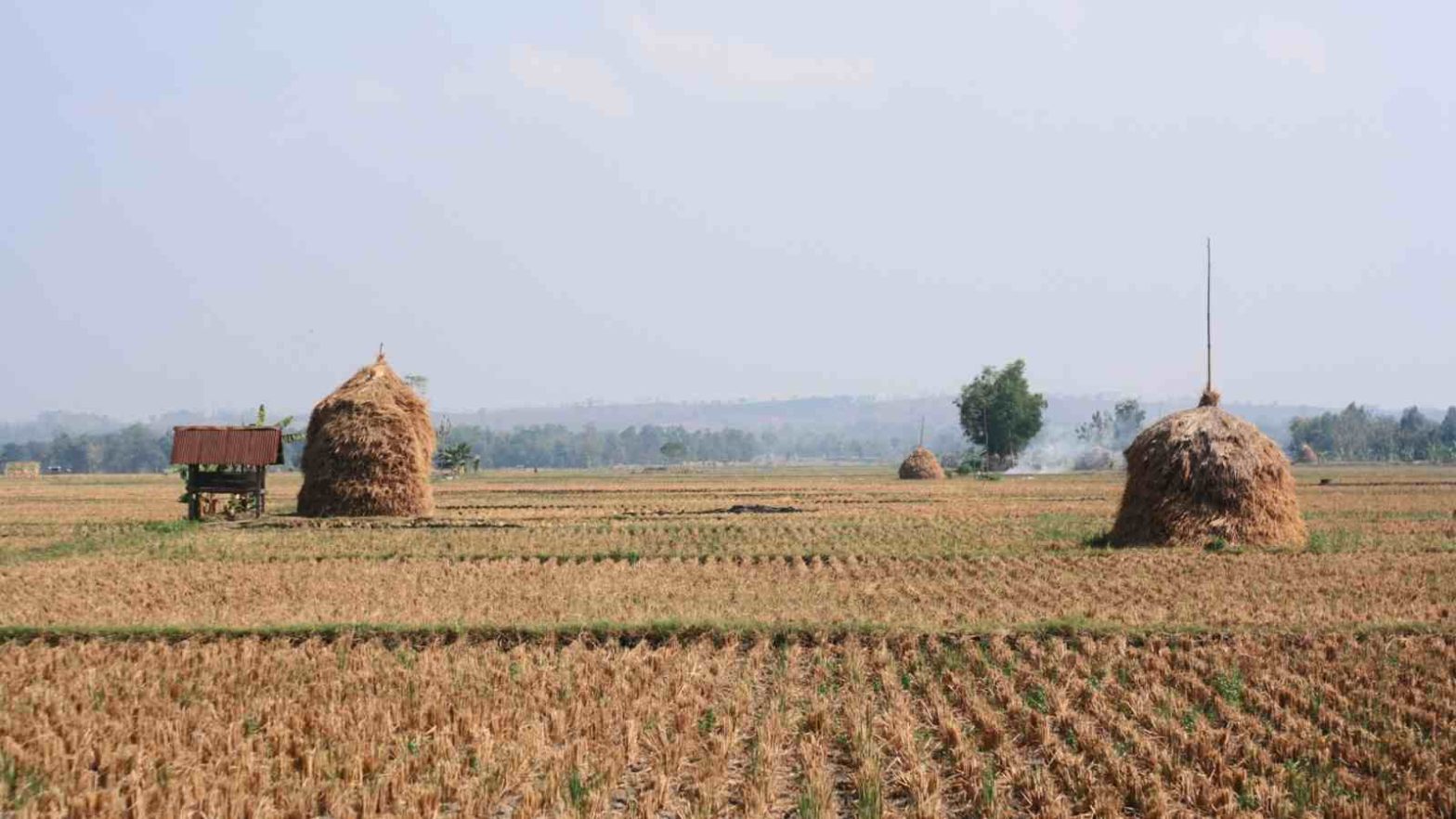Simply growing the crops for consumption is not enough and cannot be used as edible products. After growing the crops, the farmers need to take proper care during the process of harvesting, storing and clearing. The most important aspect regarding the storage of crops post harvesting is the drying mechanism. The reason why drying is important in the post harvesting process because by reducing the moisture content the crops can be stored and used for consumption for a longer period of time.
Usually, the drying mechanism is important for grains like rice and wheat. for a variety of vegetables and fruits. Today, even the quality of certain herbal products can be enhanced by proper drying after harvesting. It has been scientifically proven and also elaborate studies show that when the moisture content is reduced, to an appropriate level, then the average growth of the micro – organisms or pests or any other adverse enzymatic reaction cannot take place.

Many a times, drying is also important to extract sudden medicines from herbs and from the variety of dried parts of different plants. All along the traditional history of agriculture, there are multiple instances which show that earlier grains were dried by spreading them and keeping them underneath the open sky. However, with the progress of technology, in the recent times, approximately one hundred kinds of different driers have been made available to the farmers; in the commercial context. Here in, we have listed different types of driers in a detailed manner which will be helpful in the post harvesting process.
What are the important types of driers which are used in the agricultural sector in India ?
1. The tray type of drier is one of the most common driers
As the name suggests, these tray type driers make use of sufficiently large trays to dry the harvested crops. These tray type driers are primarily used for grains after they are rigorously washed and rinsed. In this method, the crops come in direct contact with that of the drying medium (which in here is the blowing hot air). Moreover, this kind of drying mechanism, makes use of the convective heating process.
However, the conductive method can also be used if we can continuously heat up the consecutive trays. The most important benefits that can be extracted from this method is that the hot air which is used for the drying process is properly regulated and is distributed uniformly. This method technically makes use of a hybrid mode of drying by using microwave heat input. At the end, the final product stands out not only dried but also sterilized and crisp to some extent .
2. Vacuum method of drying is one of the widely accepted commercial drying technique for large scale agriculture scenario.
Firstly, this method of drying the crops may seem to be comparatively more expensive and tedious as compared to others. But then in the longer run, this vacuum method of drying is more effective and is more efficient than the others. This mechanism makes use of high suction power vacuum. At times, a method of hybrid drying is also used which primarily involves, vacuum super heated steam drying.

This method is continued within properly regulated, reduced pressure. Over the years, since this method has gained popularity, more than thirty new types of this drier alone, has surfaced to the market. It has also been seen that though the vacuum method might seem costly, but it also appears to be effectively cutting down the extra cost, which are usually incurred when hiring heavy labour in the traditional methods.
Conclusion –
The post harvest processing stands out to be an extremely vital step in the complete process of farming. The drying process is important in relation to that of the post harvest technology, because the entire storage of the crops for future use depends upon this single step. While drying the crops, the farmers need to keep in mind, that undue extreme temperatures might lead to the damage of the active ingredients and in a way also reduce the quality of the product. It has also been seen that the drying materials may comprise of either paste or liquid or may be simply hot air or suspension. So, to keep the crops for future consumption the process of drying is very important after harvesting.

